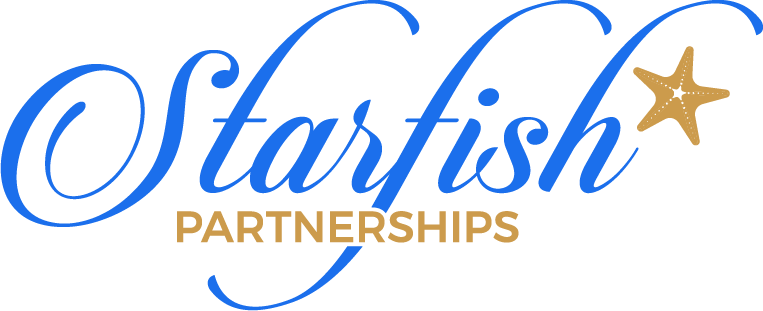The Gate Without a Fence: Breaking Through Self-Imposed Barriers
I recently came across an image on social media that sparked some thought-provoking ideas—a sturdy gate with a sign that read, "Keep Gate Closed." It seemed like a perfectly normal message, except there was one obvious problem: there was no fence attached to the gate. This visual is a powerful metaphor for many of the situations we encounter in our personal and professional lives.
Often, we set up gates for ourselves—barriers that we believe we must keep closed. However, in reality, these obstacles can be illusions, self-imposed limitations without any real substance behind them. Let’s explore how this gate without a fence relates to the challenges we create in our lives and businesses.
1. False Barriers: The Thoughts of a Closed Path
The gate represents the obstacles we often perceive in our own minds. We think certain tasks or goals are "impossible" or "too challenging," so we build up barriers to keep ourselves from moving forward. The sign on the gate reinforces the message to stay put, to "keep the gate closed."
But when you look closely, you’ll notice that the fence is missing. This means that the limitations we perceive are often just that—perceptions. They are barriers we’ve created for ourselves, without any real substance to them. The gate is a powerful reminder to step back and ask: Is this obstacle as real as I think it is, or can I simply walk around it? In business and life, recognizing that the fence isn’t there can open up a world of possibilities.
2. Incomplete Plans: Building the Fence, Not Just the Gate
A gate without a fence is like starting a project with only half a plan. We put effort into building the gate, focusing on a specific task or goal, but forget to construct the fence—the complete strategy that supports and aligns with the gate’s purpose.
In business, it’s easy to focus on one part of a plan and neglect the bigger picture. Maybe we’re enthusiastic about launching a new product, but we don’t have a full marketing strategy to support it. Or we set ambitious goals without the proper resources in place to achieve them. Are we investing time in building a complete and effective path forward, or are we stopping at the gate, leaving the rest unfinished?
3. K.I.S.S. - Keep It Simple Stupid: Creating Barriers Where None Are Needed
The sign on the gate tells us to "keep gate closed," but without a fence, the message seems a bit “stupid”. It reminds me of how we sometimes overcomplicate processes, setting up rules and procedures that serve no real purpose other than to give an illusion of control.
In businesses, this often looks like lengthy approval processes for simple tasks, unnecessary meetings, or complex policies for straightforward actions. We create structures that don't add value but instead slow us down. Much like the gate with its pointless sign, we might be better served by simplifying our approach. Before implementing new processes, ask yourself: Does this really add value, or am I just setting up a barrier that doesn’t need to exist?
4. Mixed Messages: Aligning Our Actions with Reality
The sign on the gate sends a message: "Keep gate closed." But with no fence in sight, the message loses its impact. This scenario reminds us that our messaging must align with reality. In business, we often tell our teams, clients, or even ourselves to do certain things, set specific goals, or follow particular guidelines. But if our actions and resources don’t support these messages, they fall flat.
Think of the gate as the policies, goals, and values you set, and the fence as the actions and structures needed to support them. If you tell your team that customer service is a priority but don’t provide the training and tools to make it happen, your message is as empty as a gate with no fence. Alignment between what we say and what we do is crucial for building trust and creating effective strategies. Before putting up the gate, make sure the fence is built and serves its purpose.
The Bottom Line: Reevaluate and Realign
This seemingly simple image of a gate without a fence is a reminder to challenge the barriers we set in our own lives and businesses. Are they real, or are they self-imposed illusions? Do they serve a purpose, or are they remnants of overcomplication? Most importantly, do our actions and resources align with the goals and messages we put out into the world?
By breaking through false barriers, completing our plans, simplifying where possible, and aligning our messaging with reality, we can open up new paths to success and growth. So, the next time you come across a "gate" in your journey, take a moment to look for the fence—or the lack thereof. You might find that what seemed like a closed path is actually wide open.
